The German military performance on the Russian Front during the Second World War.
Part IV of the analysis of fighting power on the Eastern Front, during the Battle of Kursk and in 1944.
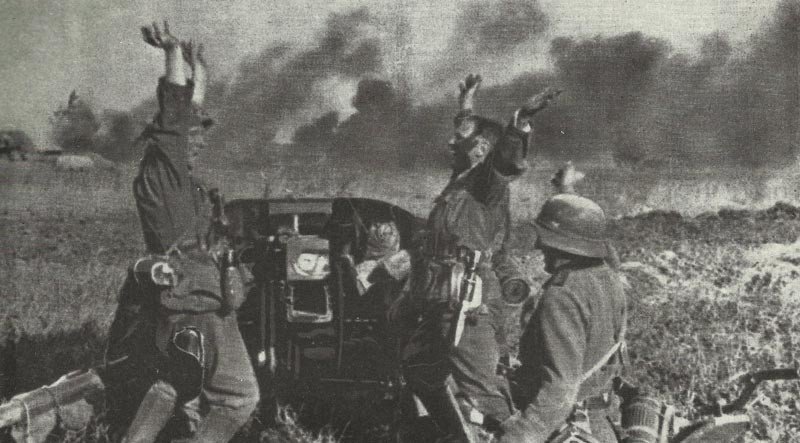
 back to Military Performance on the Western Front 1944 (Part IV)
back to Military Performance on the Western Front 1944 (Part IV)
German fighting power on the Russian Front 1943-44
Table of Contents
Part IV of the analysis of fighting power.
Unfortunately, the HERO database is (Historical Evaluation and Research Organization) for the German Eastern Front in World War II is less comprehensive than for the military performance to the Western Front.
However, the available data show that the German fighting power value over the Russians was far superior to that over the Western Allies, though not as pronounced as the fighting power in World War One was.
The following table gives some figures for the battle in Oboyan sector in the Battle of Kursk, in which the German XLVIII Panzer Corps was attacking for seven days the Russian 6th Guards and 1st Panzer Armies. During those seven days, the German troops were numerically inferior about 2:3 and could precede 21 miles (ca. 34 km) through one of the most heavily fortified zones that the world had seen since November 1918.
They were only brought to a halt, as another Russian Tank Army and other reserves were thrown into battle, and so the specified balance of power changed completely. The German success of advancing 21 miles (ca. 34 km) was only possible because the Germans had a combat value superiority of at least 168 percent or a relative combat effectiveness value (CEV) of 2.68.
In most of the studied battles by HERO the battle value (Score Effectiveness, CE) was greater than the CEV, usually about the square of the CEV. In this case, it was a little smaller, probably because of the lower vulnerability of the Russians because of their extensive field fortifications.
Kursk Statistical Comparisons Oboyan Secor, July 5-11, 1943
| Russians | Germans | Ratio | |
|---|---|---|---|
| Manpower | 98,000 | 62,000 | 1.58 : 1.00 |
| Tanks and Assault Guns | 817 | 650 | 1.26 : 1.00 |
| Artillery and Mortars (from 75mm) | 1,675 | 1,014 | 1.65 : 1.00 |
| Air Support Sorties (est.) | 3,150 | 3,150 | 1.00 : 1.00 |
| Casualties | 22,000 | 13,600 | 1.62 : 1.00 |
| Casualties per day | 2,444 | 1,511 | 1.62 : 1.00 |
| Percent casualties per day | 2.49 % | 2.49 % | 1.02 : 1.00 |
| Tank Losses | 450 | 350 | 1.29 : 1.00 |
| Relative combat Effectiveness (approx.) | 1.0 | 2.35 | 1.00 : 2.35 |
| Score Effectiveness (kills; CE) | 1.39 | 2.55 | 1.00 : 1.83 |
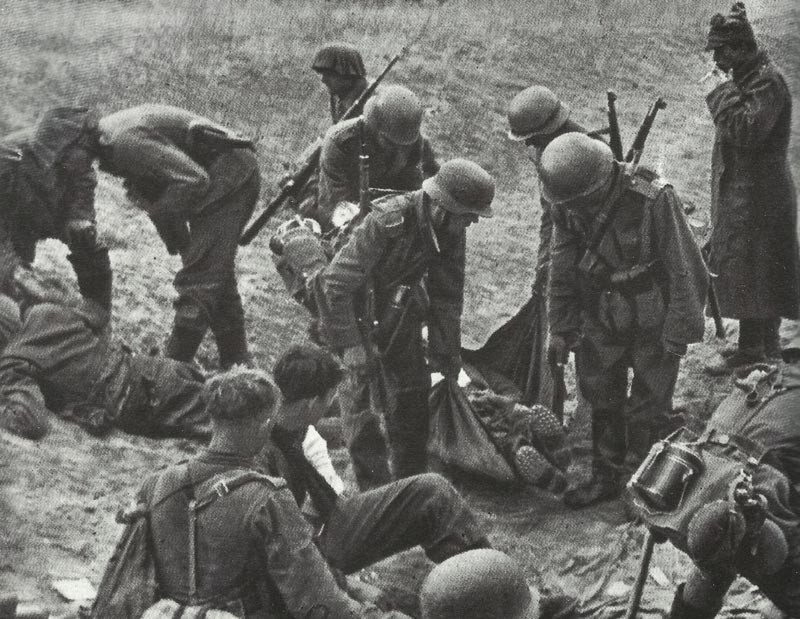
Overview Battle of Kursk
The Battle of Kursk was a significant engagement between German and Soviet forces on the Eastern Front of World War II in July and August 1943. It was one of the largest armored battles in history and a decisive Soviet victory. The battle took place near the city of Kursk in the Soviet Union (present-day Russia).
Key points:
– German offensive: Germany launched Operation Citadel, a massive offensive aimed at encircling and destroying Soviet forces in the Kursk salient.
– Soviet preparation: The Soviets, aware of German plans, heavily fortified the area and gathered a large force of tanks, artillery, and aircraft.
– Armor clashes: The battle featured intense tank combat, including the famous clash at Prokhorovka, which involved hundreds of armored vehicles.
– Air warfare: Both sides engaged in extensive air battles to gain air superiority and support ground operations.
– German defeat: Despite initial German advances, the Soviets successfully defended their positions and launched counterattacks, forcing the Germans to abandon the offensive.
– Turning point: The Soviet victory at Kursk marked a turning point on the Eastern Front, as Germany lost the strategic initiative and went on the defensive for the remainder of the war.
The Battle of Kursk demonstrated the growing strength and tactical prowess of the Soviet Red Army, as well as the diminishing capabilities of the German Wehrmacht. It also showcased the importance of armored warfare and combined arms tactics in modern military operations.
Fighting power on the Eastern Front in 1944
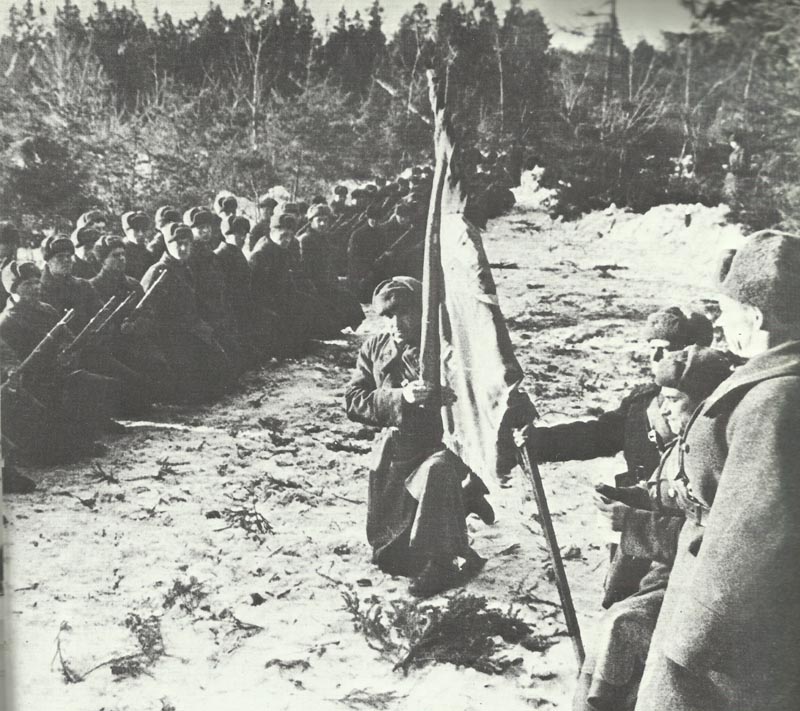
The table below provides some general figures for the Russian Front in 1944. Almost throughout the year the Germans were on the verge of collapse, but they are not collapsed. In light of the difference in strength of both sides, the 2.5 million Germans (who had the defenders advantage) must had a fighting power superiority by almost 88 percent, or a CEV of 1.88 ahead. One can conclude from this that the superiority of the German Score Effectiveness (CE) over the Russians was at almost 6 to 1, which probably reflects the tendency of Russians for mass attacks without regard to losses.
Russian-German Force Comparisons Russian Front, 1944:
| Russian | German | Ratios | |
|---|---|---|---|
| Field Force Strength | 6,100,000 | between 3,500,000 and 2,500,000 | 1.74 : 1.00 to 2.44 : 1.00 |
| Relative Combat Effectiveness ( German defense posture factor applied: 1.3) | 1.34 : 1.00 to 1.88 : 1.00 | ||
| Total personel losses | 7,000,000 | 1,800,000 | |
| Non-Battle Casualties | 2,000,000 (est) | 700,000 | |
| Battle Losses | 5,000,000 (est) | 1,100,000 | 4.55 : 1.00 |
| Battlefield Exchange Ratio Per man (3.5 mil Germans) | 0.18 | 1.4 | 1.00 : 7.78 |
| Relative Score Effectiveness (German defense posture factor applied: 1.3) | 1.00 : 5.98 |
Manstein’s influence on the Eastern Front 1943-44
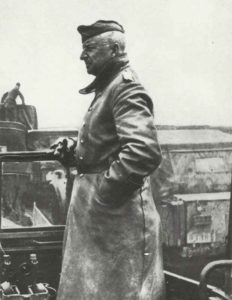
– Winter–Spring 1943: After the German defeat at Stalingrad, Manstein, commanding Army Group South, executed his famous “Backhand Blow” counteroffensive.
– In February–March 1943, he used mobile panzer forces to exploit Soviet overextensions, defeating several Soviet armies and recapturing Kharkov.
– This restored the southern German front and gave the Wehrmacht a temporary breathing space.
– July 1943: He played a central role in Operation Citadel (the Battle of Kursk). Manstein’s southern pincer advanced further than Model’s northern attack but was halted after the failure of the northern thrust and Soviet counteroffensives.
– Late 1943: As the Red Army pushed west after Kursk, Manstein conducted skillful defensive withdrawals, often advocating flexible maneuver warfare. He repeatedly clashed with Hitler, who demanded “stand fast” orders instead of elastic defense.
– In early 1944, Manstein continued to command Army Group South during the Soviet Dnieper–Carpathian Offensive.
– He urged Hitler to allow strategic withdrawals to save forces, but Hitler refused, leading to major German losses, including the encirclement of the 1st Panzer Army in the Kamenets-Podolsky pocket (though Manstein’s forces managed a breakout).
– By March 1944, Hitler had grown frustrated with Manstein’s constant calls for operational freedom. On 30 March 1944, Manstein was relieved of command and replaced by Generalfeldmarschall Walter Model.
– After his dismissal, Manstein never held another field command.
– He underwent surgery for an eye condition and spent the rest of the war in relative retirement.
– Postwar, he was tried and convicted of war crimes (1949), serving part of an 18-year sentence before being released in 1953.
Between 1943–1944, Manstein achieved his last great operational successes (Kharkov counteroffensive), suffered setbacks at Kursk, and ultimately fell out with Hitler over strategy. His dismissal in March 1944 marked the end of his frontline military career.
 See also: Russian vs German Tanks – strengths, losses, production
See also: Russian vs German Tanks – strengths, losses, production
 See also: German fighting power in World War One
See also: German fighting power in World War One
See also: Battle results in World War One
References and literature
Kampfkraft (Martin van Creveld)
Der Genius des Krieges (Trevor N. Dupuy)
Den Krieg denken – Die Entwicklung der Strategie seit der Antike (Beatrice Heuser)


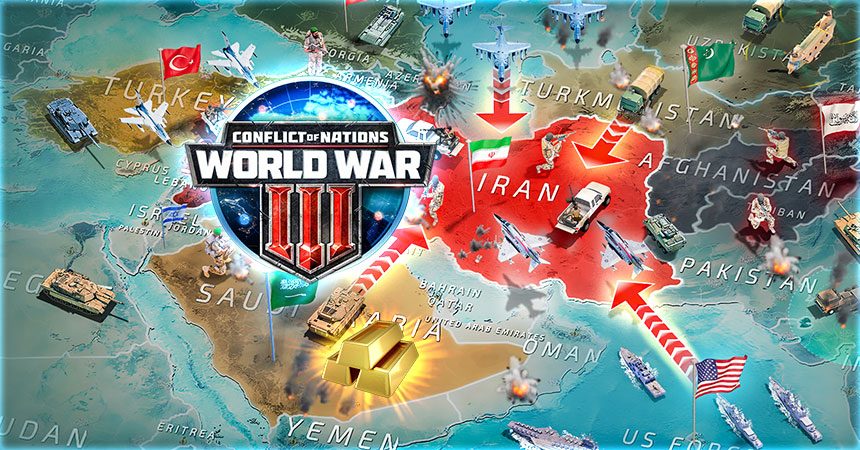
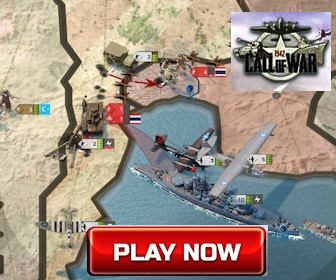
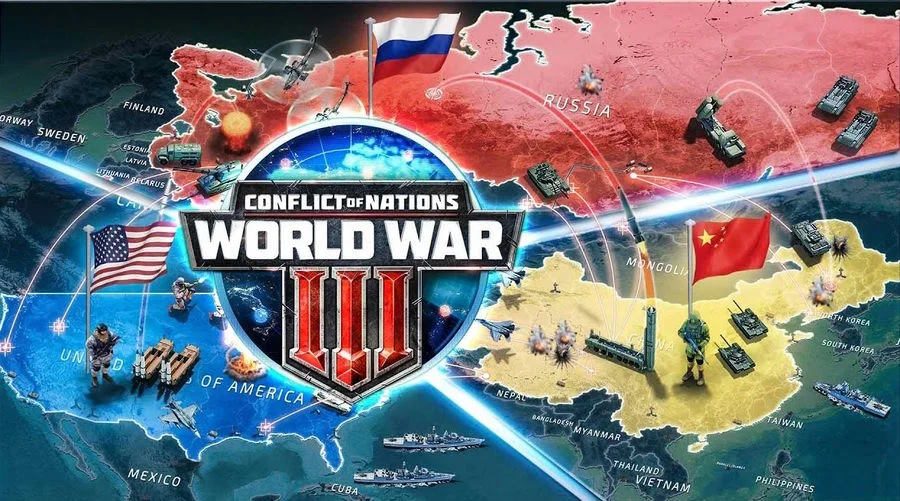
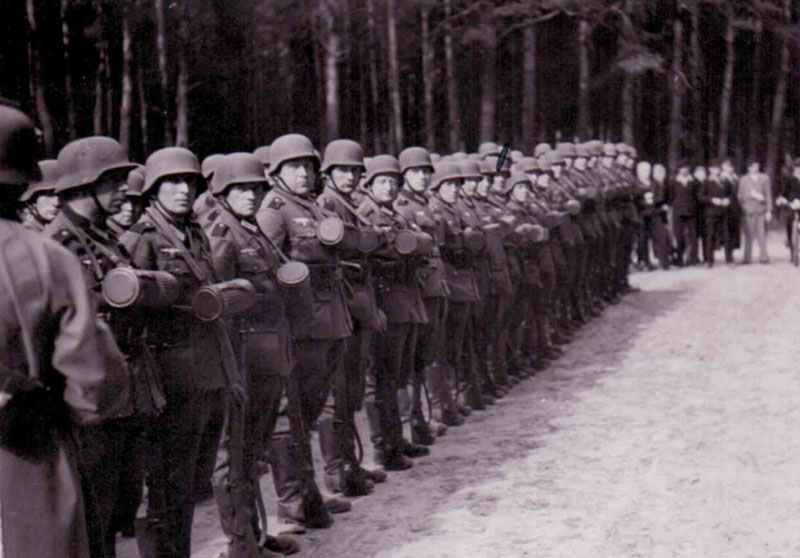
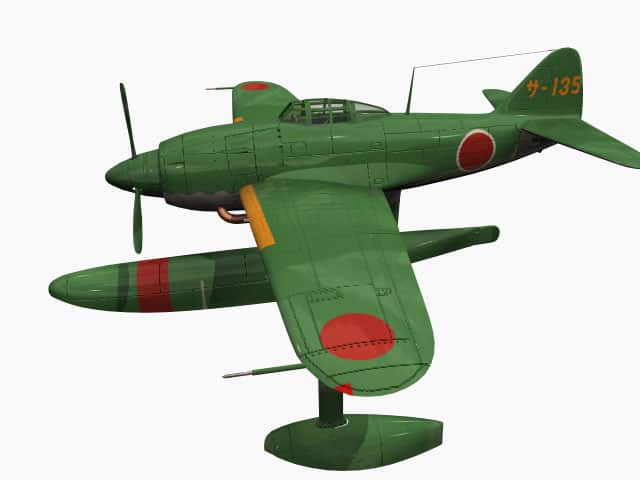
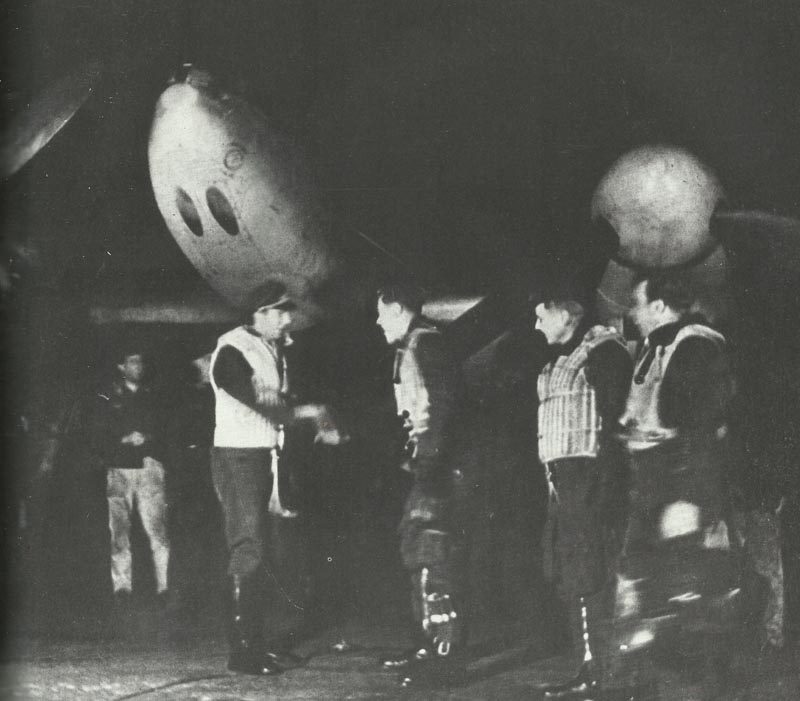
The none winter period of war has been won by wehrmacht (they know why to avoid it – 39, 40), the latter has been lost, all of them (41, 42, 43,44). Show me any single winter, that germany did not avoid or lost. Period.